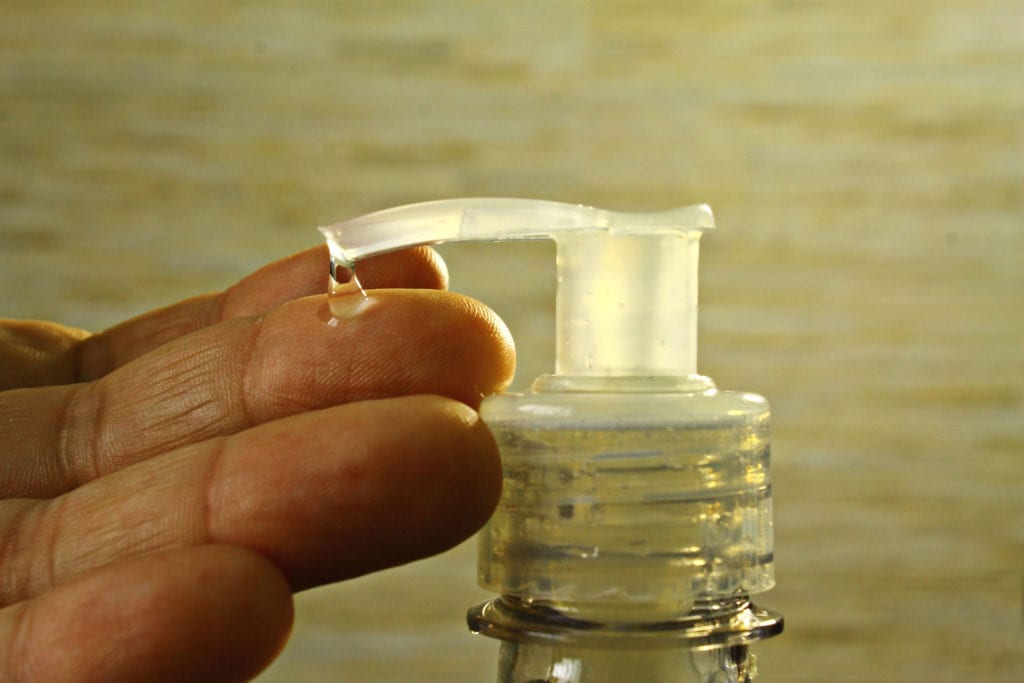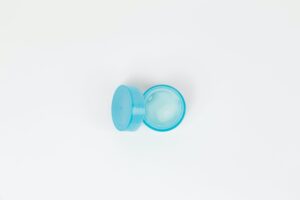A poster recently presented at the South Beach Symposium Medical Dermatology Summit by Dr. Brandon Kirsch documented that sofpironium bromide gel topical treatment can reduce how severe primary axillary hyperhidrosis presents in pediatric patients.
The Study
This study aimed to determine the long-term safety, pharmacokinetics, efficacy, and tolerability of this treatment in pediatric patients.
The trial included 21 patients who had been diagnosed with primary axillary hyperhidrosis for at least 6 months. First, all patients were given the sofpironium bromide gel 15% for one week. During this week, the safety and pharmacokinetics were assessed. Following this first week, the gel was applied to both armpits once every day for a total of 24 weeks.
Researchers assessed a variety of outcomes including the Change in Global Assessment and Severity (PGI-C), the Patient Global Assessment of Severity (PGI-S), the Hyperhidrosis Disease Severity Measure-Axillary scores (HDSM-Ax), and the BB1-4010 metabolite plasma and sofpironium concentrations.
Results
Below are some of the most notable results from this study.
- No drug accumulation was documented at the end of the study
- Average HDSM-Ax score was reduced by 1.91 points by the end of the study. Just 1 point would have indicated significant improvement.
- At the start of the study, 4 patients had very severe PGI-S, 9 had severe PGI-S, and 8 had moderate PGI-S. By the end, 1 had moderate PGI-S, 7 had mild PGI-S, and 6 had no PGI-S.
- By week 12, 3 patients reported moderately better PGI-C.
- By week 24, 4 patients reported moderately better PGI-C.
- 7 participants faced mild or moderate adverse events during the trial.
- 4 adverse events were related to the gel treatment
- Treatment related AEs included dry mouth, blurred vision, mydriasis, and dry eyes as well as site reactions such as rash, pain, erythema, and pruritus.
- 2 patients stopped the trial due to treatment related AEs.
Overall, these results demonstrate that the sofpironium bromide gel 15% was safe, well-tolerated, and effective for treating axillary hyperhidrosis in children.
You can learn more about this trial and its findings here.





